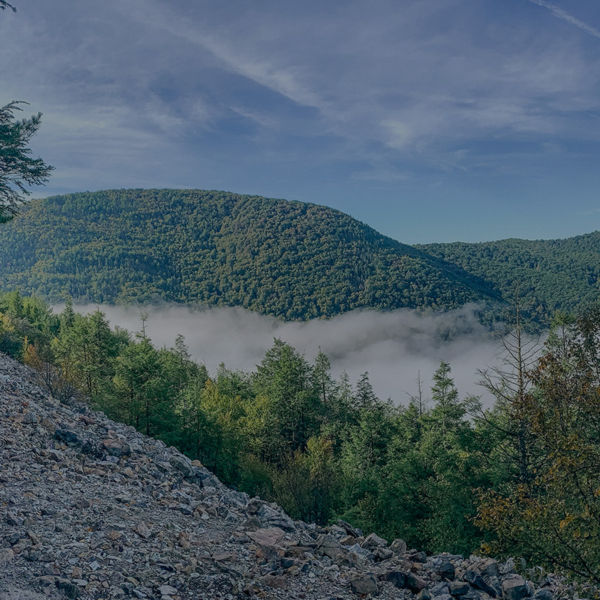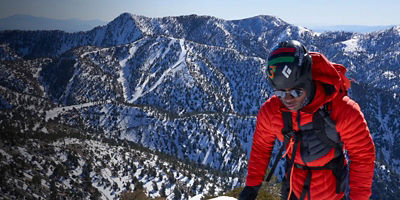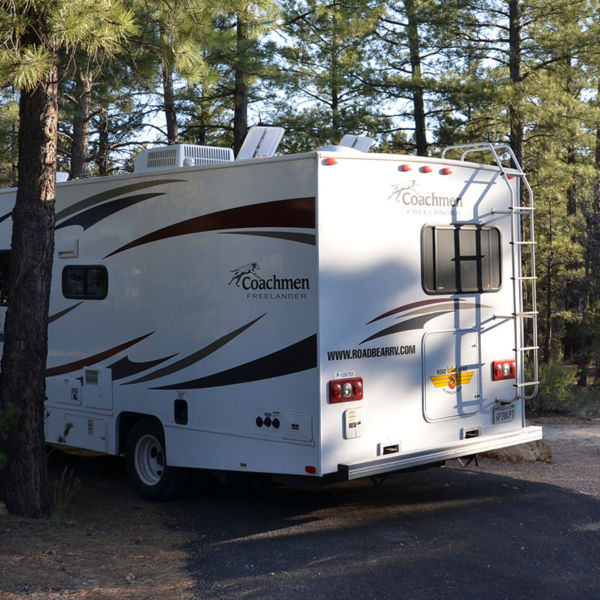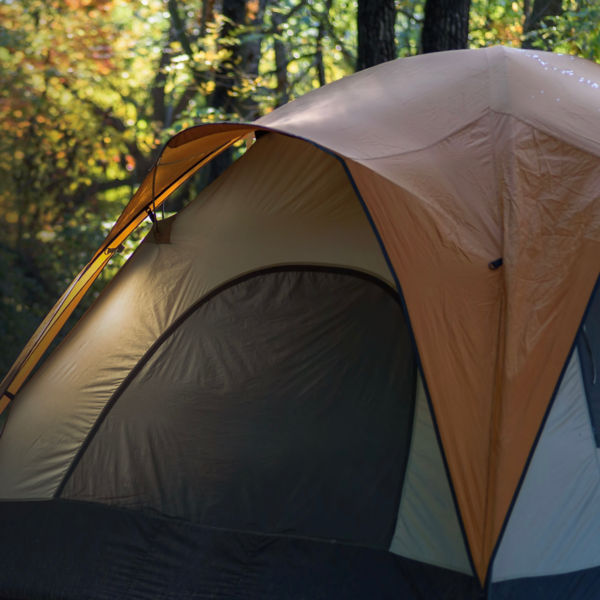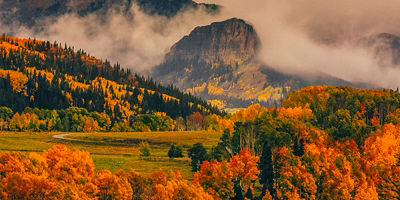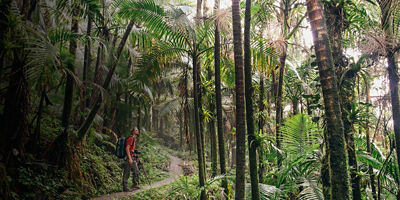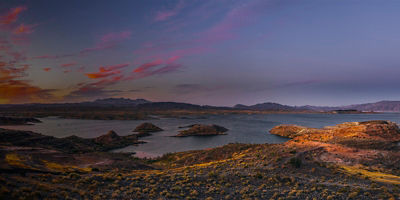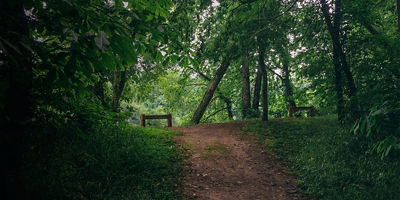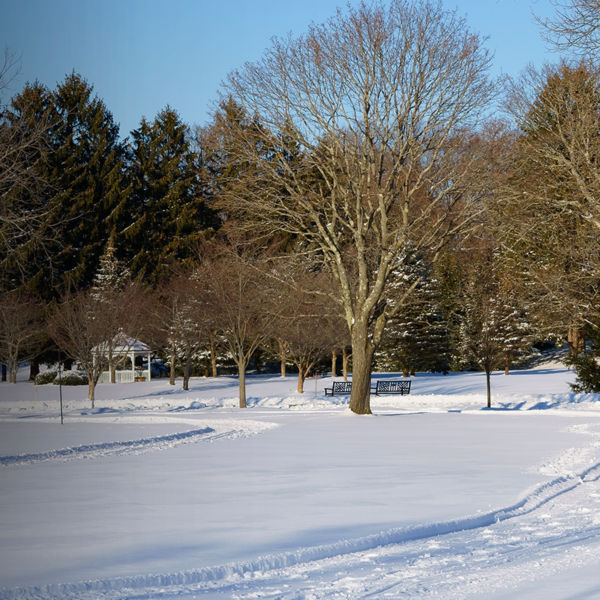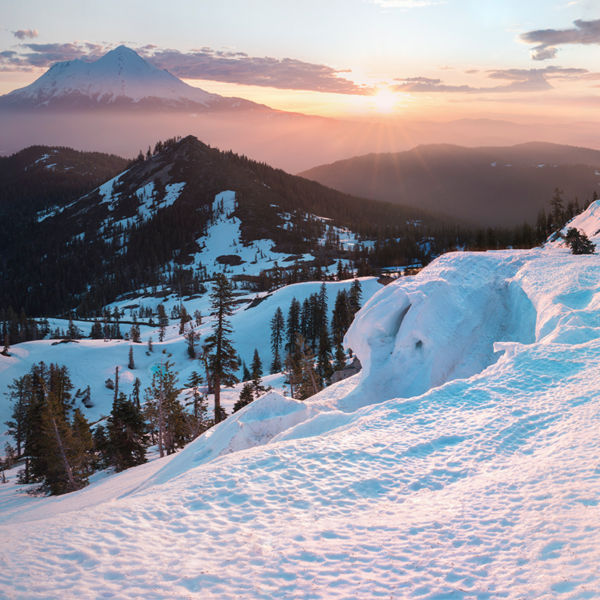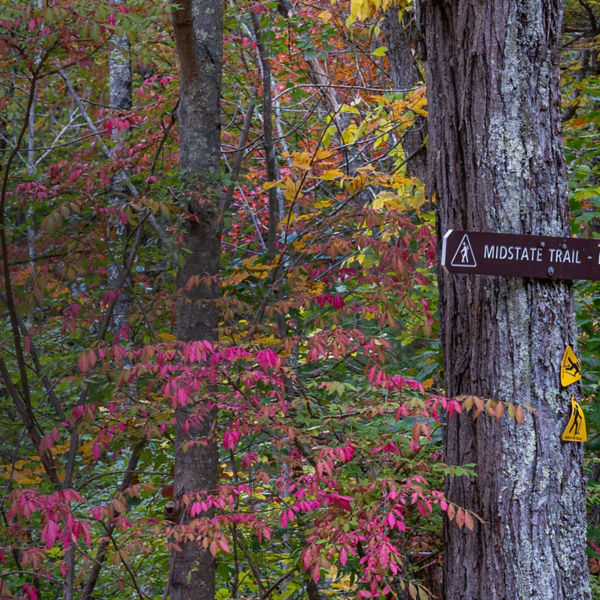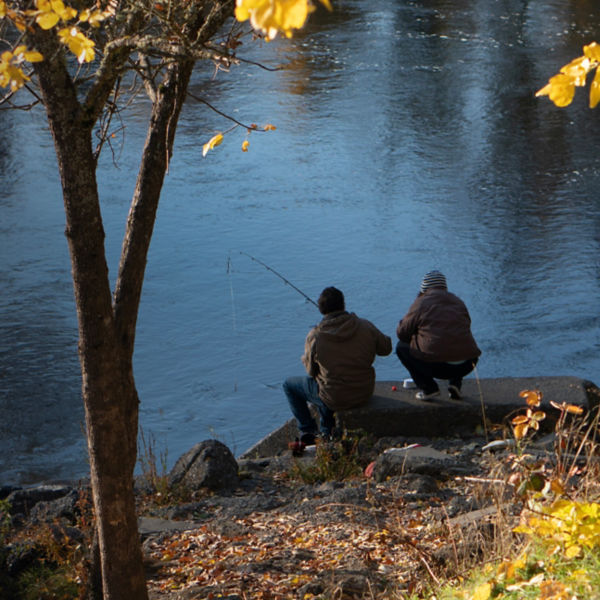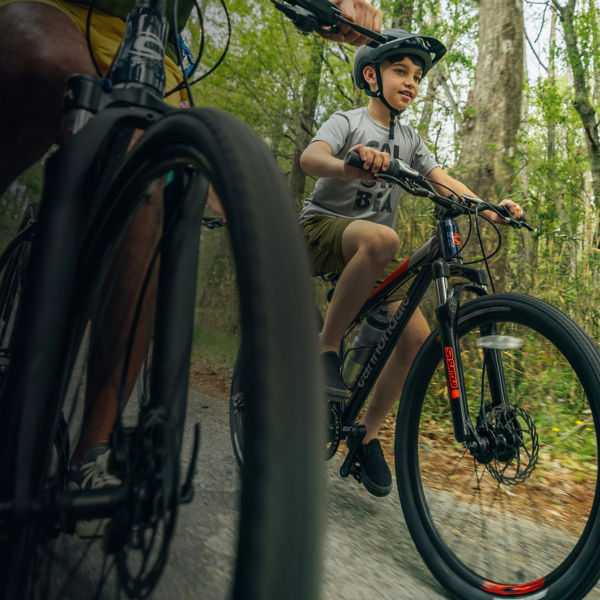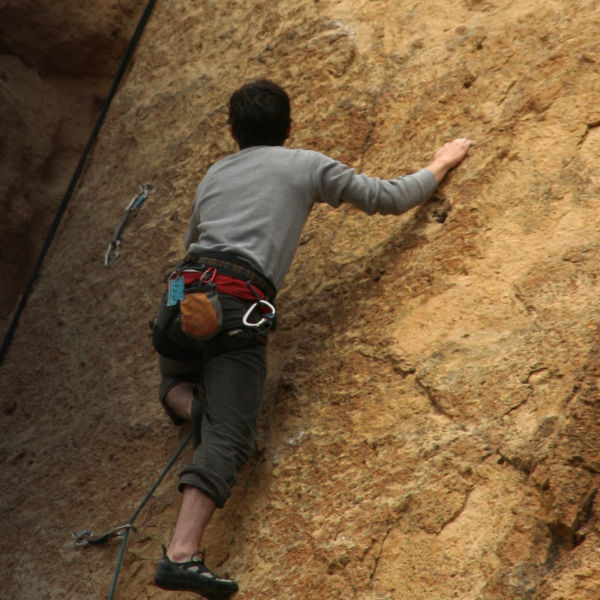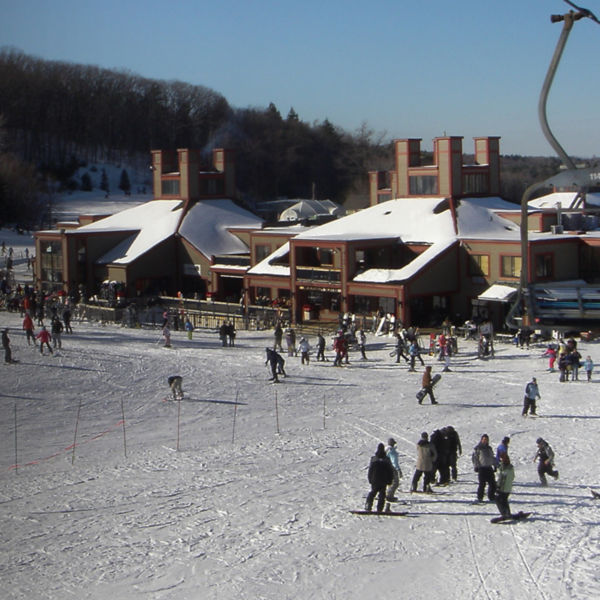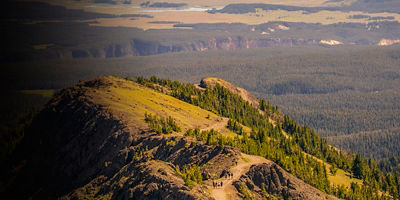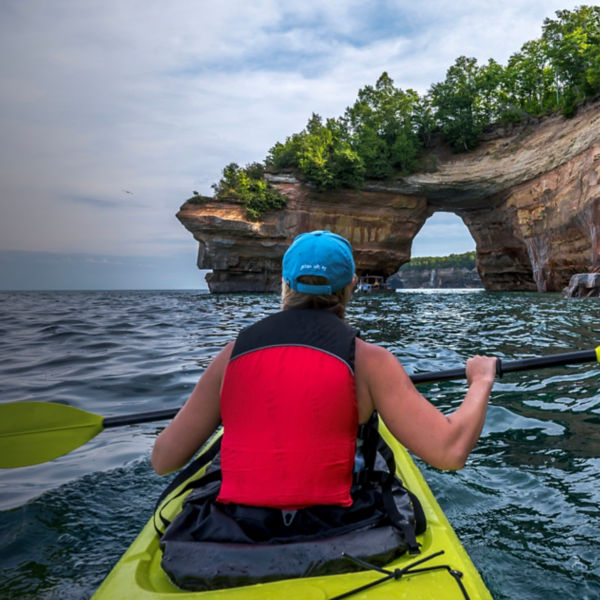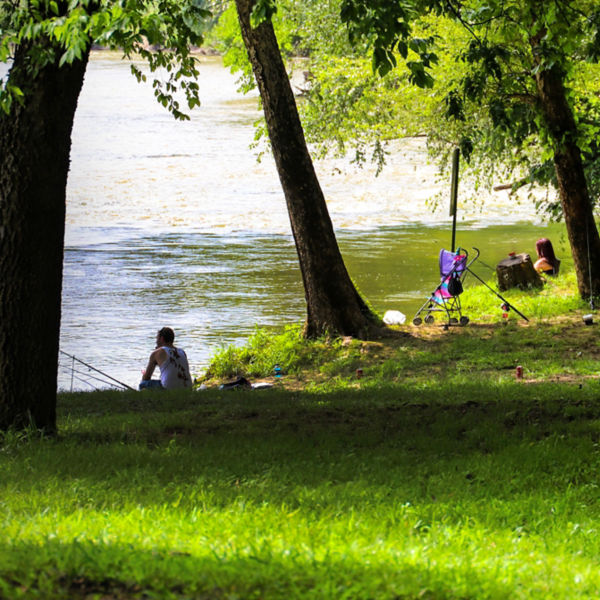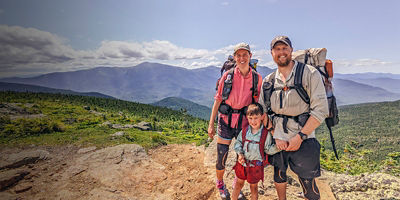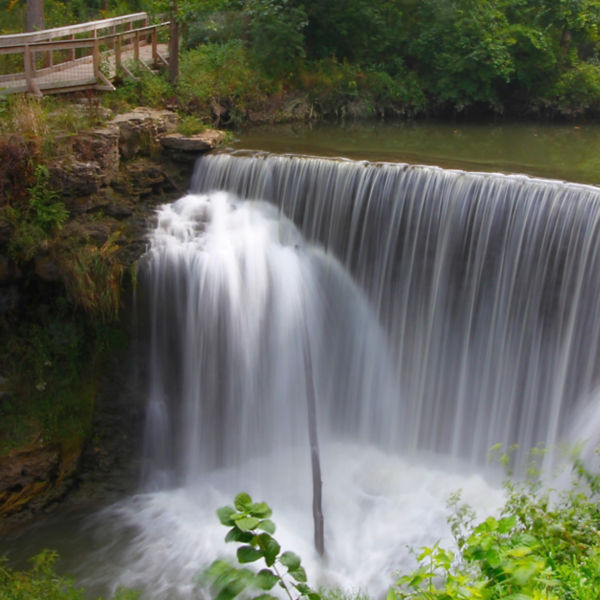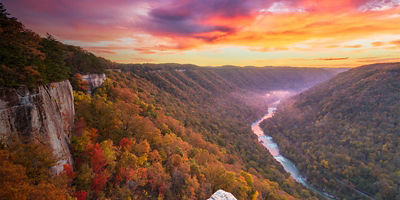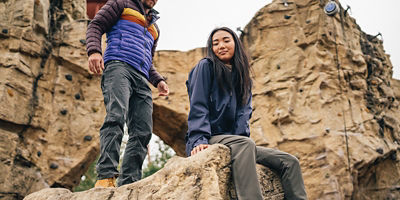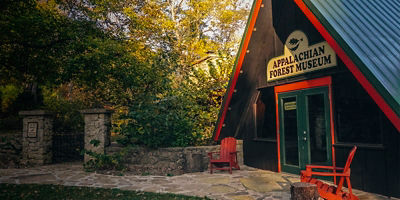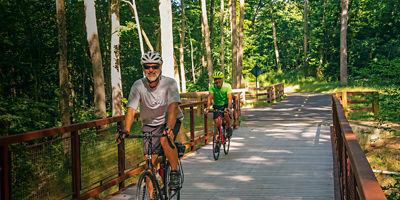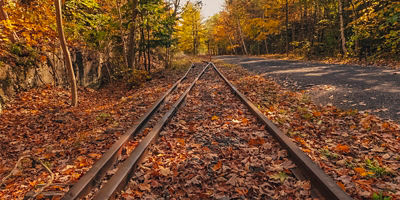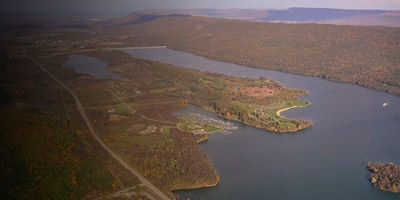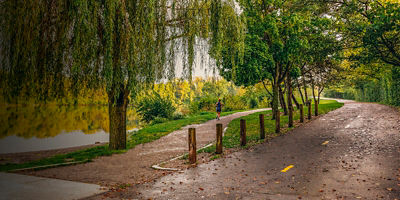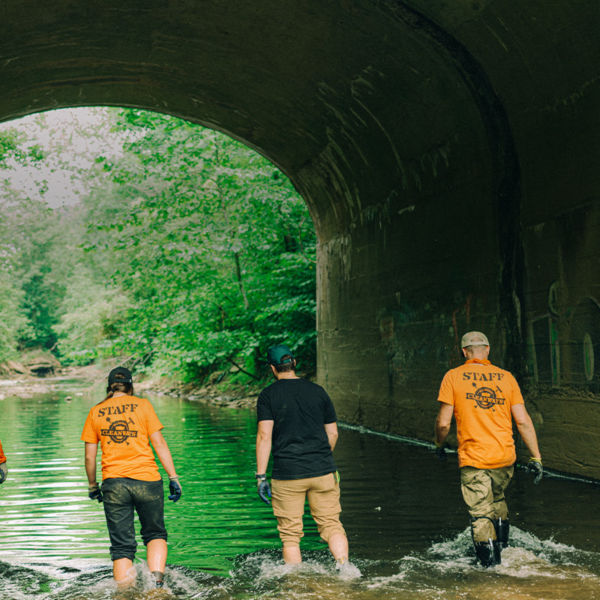
Cruising down a scenic open road, sunglasses on and wind in your hair—it’s an image as American as apple pie. The quintessential road trip is a bedrock of our culture, and no wonder: The U.S. has an embarrassment of riches when it comes to gorgeous driving routes. In fact, these roads are a kind of public land. The government has designated thousands of miles of pavement across the country as official scenic drives, selected for qualities like their beautiful landscapes, rich history, or cultural importance. You’ve heard of Route 66, the “Mother Road” that connects historic sites, kitschy antique stops, and public art installations across eight states—but did you know that drive is just the tip of the iceberg?
What kinds of official scenic drives are there?
On a federal level, the U.S. uses three designations to classify its best drives. National parkways are beautiful roads and the strips of land surrounding them, many including frequent pullouts so drivers can stop and enjoy the view. They’re meant for slower speeds and more relaxed driving. Many date back to the 1930s, when the National Park Service designed them as job-creation projects. National scenic byways must demonstrate at least one of six “intrinsic qualities” (archeological, cultural, historic, natural, recreational, and scenic), and its features must be considered regionally significant. The best of these are upgraded to All-American Road status, which means they have at least two intrinsic qualities, have features that can’t be found anywhere else, and are considered destinations unto themselves. The National Forest Service also names its own National Forest Scenic Byways, and the Bureau of Land Management has its Back Country Byways. Somewhat confusingly, a route can be more than one of the above. The Natchez Trace Parkway, for example, is also an All-American Road.
Who manages them?
National parkways fall under the National Park Service, while the U.S. Dept. of Transportation’s Federal Highway Administration handles national scenic byways and All-American Roads. The Forest Service and Bureau of Land Management also play a role in their own designated byways.
What can you do there?
Well, drive, of course—but also road bike, have a roadside picnic, explore historic and cultural sites, and take photos. Some roads even offer recreation opportunities on the adjacent land, including trails for hiking and horseback riding, fishing streams, and campsites.





